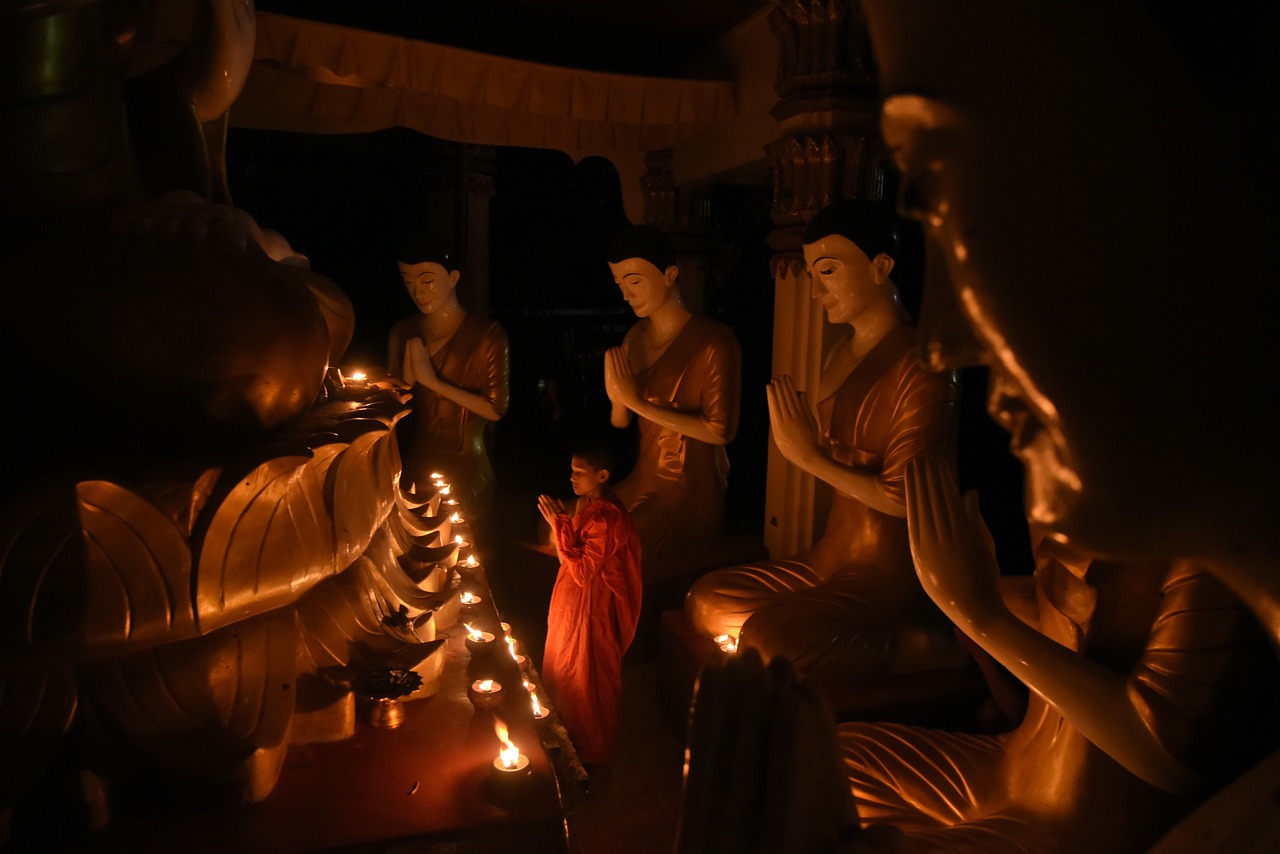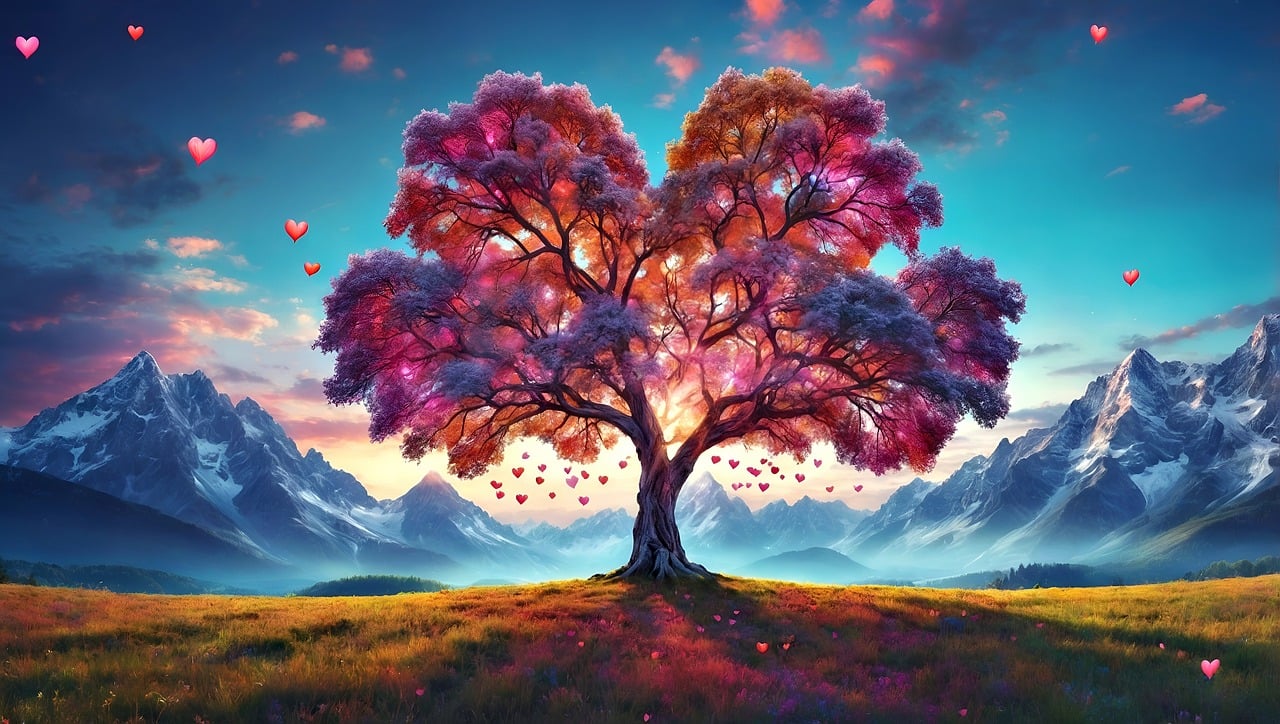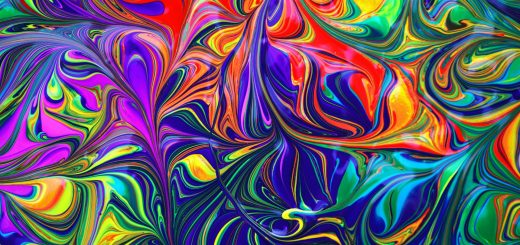The Role of Sacred Art in Elevating Spiritual Consciousness

Before diving in, please note: This post is for informational purposes only. If you’d like to know more about how we approach topics, feel free to check out our friendly Disclaimer Page.
Hey there, amazing readers! 🖐️ Just a quick note: yes, we know there are a lot of ads here. Trust us, we get it—it’s not the prettiest look, but they help us keep this blog alive and kicking. Those pesky little ads cover the costs of all the behind-the-scenes magic, from hosting and tech stuff to creating content we hope you’ll love.
We’re committed to delivering quality posts, and your support (even just sticking around despite the ads) means everything to us. So, bear with us, and thanks for helping us keep the good vibes rolling. Now, on to the fun stuff! 😉
TRANSLATE BUTTON AT THE END OF THE ARTICLE
Throughout history, art has served as a powerful tool for conveying meaning, inspiring emotions, and connecting us to something larger than ourselves.
In the realm of spirituality, sacred art takes on a special role, acting as a bridge between the physical world and the transcendent realms.
Sacred art encompasses a wide range of artistic expressions, from the majestic paintings and sculptures of cathedrals to the intricate mandalas of Tibetan Buddhism.
Each piece is created with the intention of elevating the viewer’s consciousness and fostering a deeper connection with the divine.
How does sacred art achieve this goal?
Here are some of the key mechanisms:
1.
Symbolism and Archetypes
Sacred art relies heavily on symbolism and archetypes to communicate profound truths and evoke spiritual emotions.
These symbols often tap into universal human experiences and connect us to our shared unconscious.
For example, the image of a cross can evoke feelings of sacrifice and redemption, while the lotus flower symbolizes purity and enlightenment.
2.
Beauty and Transcendence
Sacred art often strives to achieve a level of beauty that transcends the physical realm.
The use of harmonious colors, balanced compositions, and intricate details creates a sense of awe and wonder that inspires viewers to contemplate the divine.
This aesthetic experience can lead to a state of expanded consciousness and a deeper appreciation for the beauty of the universe.
3.
Meditation and Contemplation
Many forms of sacred art are designed to be used as tools for meditation and contemplation.
The intricate patterns and repetitive forms of Islamic art, for example, can induce a state of focused attention and calm, allowing viewers to connect with their inner selves and access higher levels of consciousness.
4.
Storytelling and Myth
Sacred art often tells stories and myths that convey spiritual truths and moral lessons.
These stories can provide guidance and inspiration on the spiritual path, and can help viewers to understand their own place in the universe.
5.
Ritual and Ceremony
Sacred art is often used in religious rituals and ceremonies, where it serves to enhance the experience and connect participants to the divine.
The use of music, dance, and visual art in these rituals can create a powerful sense of devotion and community.
Examples of Sacred Art Across Cultures:
Christian art: Paintings, sculptures, and stained glass windows depicting biblical stories and figures.
Islamic art: Calligraphy, geometric patterns, and arabesque designs that express the divine unity and beauty.
Explore the Path to Spirituality and Enlightenment – start here.
Buddhist art: Statues of Buddhas and Bodhisattvas, mandalas, and thangkas that depict scenes from Buddhist mythology.
Hindu art: Murals, sculptures, and temple architecture depicting deities, stories from Hindu mythology, and symbolic imagery.
Indigenous art: Rock paintings, ceremonial objects, and sand mandalas that connect people to the spirit world and the land.
The Impact of Sacred Art Today:
In today’s increasingly secular world, sacred art continues to play an important role in the lives of many people.
Museums and exhibitions are making these works more accessible to a broader audience, while artists are finding new ways to integrate traditional forms of sacred art into contemporary expressions.
The benefits of engaging with sacred art are numerous:
Deeper spiritual understanding: Sacred art can help us to connect with our own spirituality and gain a deeper understanding of our place in the universe.
Reduced stress and anxiety: The beauty and serenity of sacred art can help to calm the mind and reduce stress and anxiety.
Enhanced compassion and empathy: By connecting us to our shared humanity, sacred art can promote compassion and empathy for others.
Increased creativity and inspiration: The rich symbolism and beauty of sacred art can spark creativity and inspire new ideas.
Conclusion:
Sacred art is a powerful force for elevating spiritual consciousness and fostering a deeper connection with the divine.
By engaging with this art, we can open ourselves up to new perspectives, expand our understanding of the universe, and enrich our lives in countless ways.
Additional Resources:
Titus Burckhardt: Sacred Art in East and West
Seyyed Hossein Nasr: The Essential Seyyed Hossein Nasr
Huston Smith: The World’s Religions
Joseph Campbell: The Power of Myth
Alan Watts: The Way of Zen
I hope this article has been helpful and informative.

The Enlightenment Journey is a remarkable collection of writings authored by a distinguished group of experts in the fields of spirituality, new age, and esoteric knowledge.
This anthology features a diverse assembly of well-experienced authors who bring their profound insights and credible perspectives to the forefront.
Each contributor possesses a wealth of knowledge and wisdom, making them authorities in their respective domains.
Together, they offer readers a transformative journey into the realms of spiritual growth, self-discovery, and esoteric enlightenment.
The Enlightenment Journey is a testament to the collective expertise of these luminaries, providing readers with a rich tapestry of ideas and information to illuminate their spiritual path.
Our Diverse Expertise 🌟
While our primary focus is on spirituality and esotericism, we are equally passionate about exploring a wide range of other topics and niches 🌍📚. Our experienced team is dedicated to delivering high-quality, informative content across various subjects ✨.
To ensure we provide the most accurate and valuable insights, we collaborate with trusted experts in their respective domains 🧑🏫👩🏫. This allows us to offer well-rounded perspectives and knowledge to our readers.
Our blog originally focused on spirituality and metaphysics, but we’ve since expanded to cover a wide range of niches. Don’t worry—we continue to publish a lot of articles on spirituality! Frequently visit our blog to explore our diverse content and stay tuned for more insightful reads.





